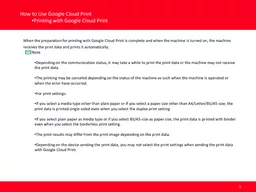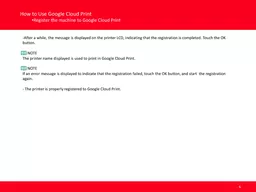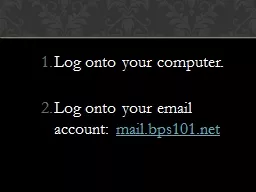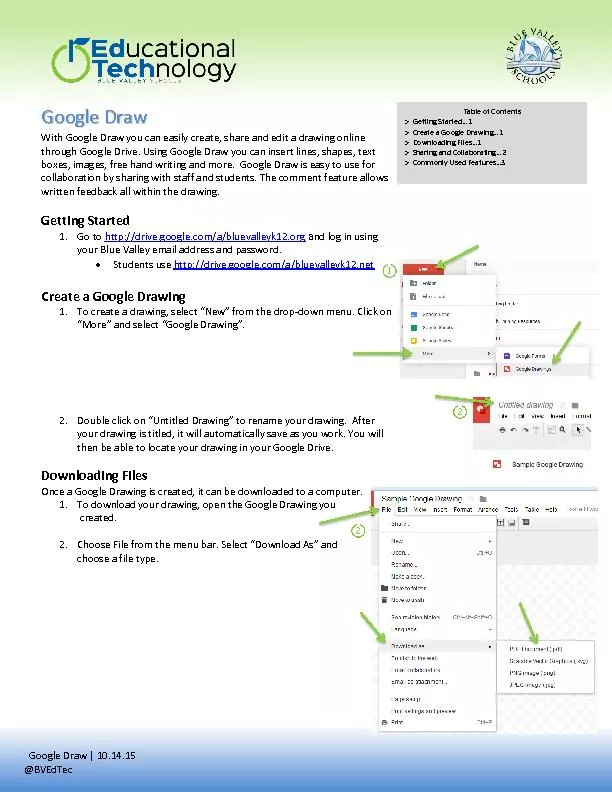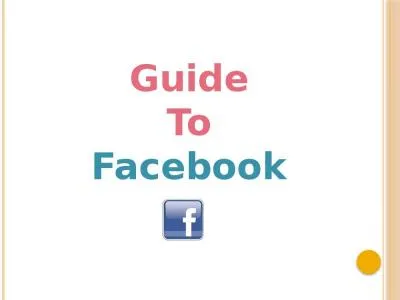PPT-Signing Me onto Your Accounts through Facebook and Google
Author : phoebe-click | Published Date : 2018-12-04
A TrafficGuided Security Study of Commercially Deployed SingleSignOn Web Services Presented by Chris Moran and Yiyang Yang Contents Background Prior Work Threat
Presentation Embed Code
Download Presentation
Download Presentation The PPT/PDF document "Signing Me onto Your Accounts through Fa..." is the property of its rightful owner. Permission is granted to download and print the materials on this website for personal, non-commercial use only, and to display it on your personal computer provided you do not modify the materials and that you retain all copyright notices contained in the materials. By downloading content from our website, you accept the terms of this agreement.
Signing Me onto Your Accounts through Facebook and Google: Transcript
Download Rules Of Document
"Signing Me onto Your Accounts through Facebook and Google"The content belongs to its owner. You may download and print it for personal use, without modification, and keep all copyright notices. By downloading, you agree to these terms.
Related Documents



